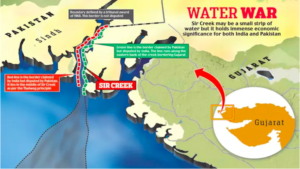In-flight internet is a testament to humanity’s ability to overcome physical boundaries through technological innovation. For India, as it aspires to become a global aviation hub, investing in and regulating this technology is crucial. For UPSC aspirants, understanding the nuances of in-flight internet provides valuable insights into science and technology, governance, and economic trends, helping them address multidimensional questions effectively.
This comprehensive guide ensures that aspirants are well-equipped to navigate this emerging topic with clarity and confidence.









